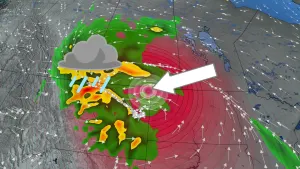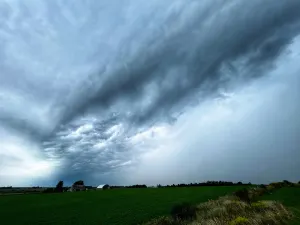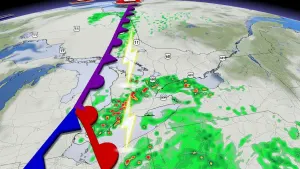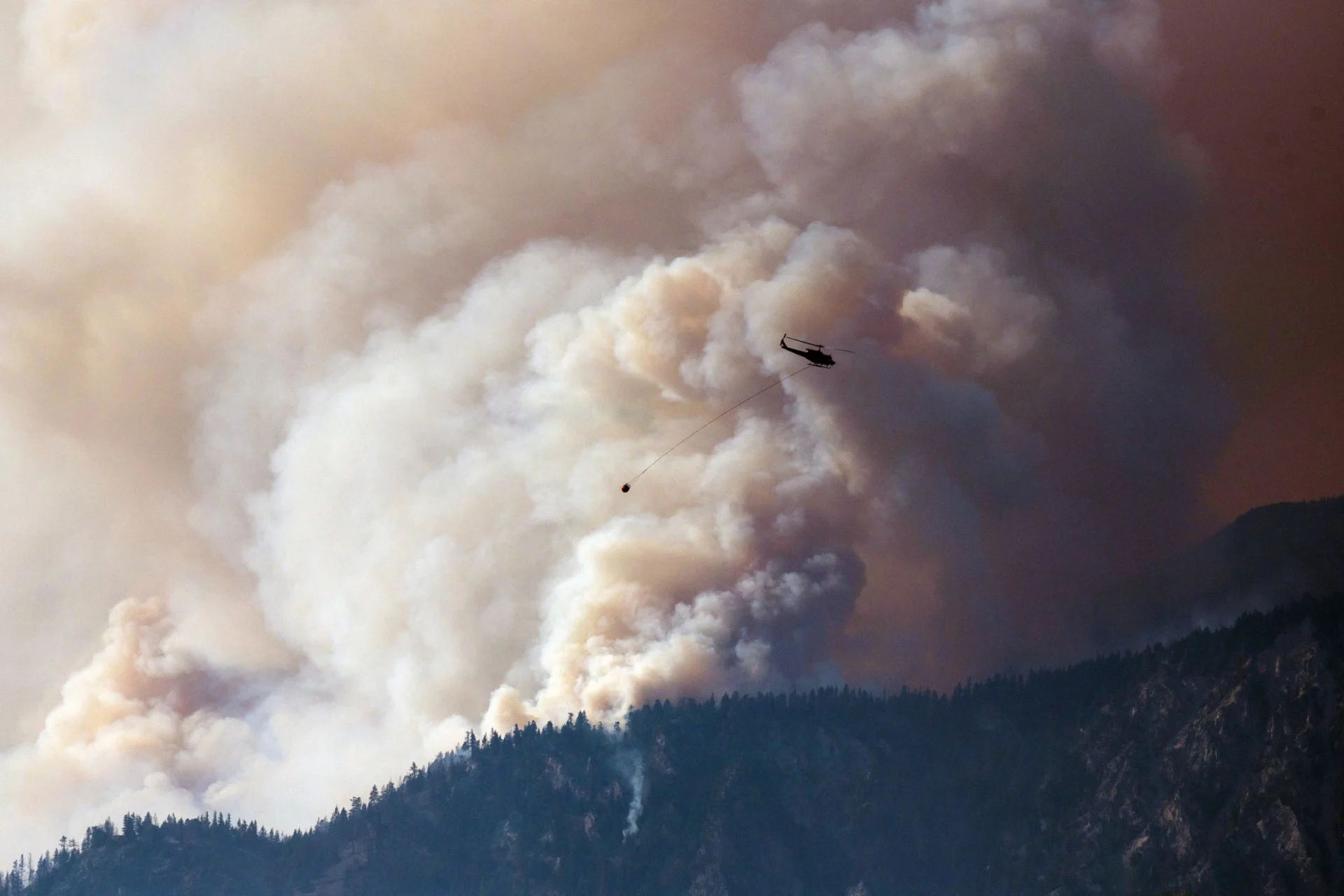
Safeguard your home, community against wildfires before it's too late
When it comes to wildfires, waiting until you see or smell smoke, or waiting until you see ash and embers being carried in the wind is "too late" for defensive measures, says a University of British Columbia forestry professor and expert.
After a devastating 2023 wildfire season, it serves as a reminder to always be prepared before disaster strikes.
In the case of wildfires, there are several things you can do to safeguard your property and community before it's too late.
Waiting until you see or smell smoke, or waiting until you see ash and embers carried in the wind by a wildfire is "too late," said Lori Daniels, a University of British Columbia (UBC) forestry professor and wildfire expert, in an interview with The Weather Network in 2022.
Ideally, spring and fall are the best times to prepare your property --- amid favourable temperatures.
“We think of communities like Lytton that had no hope of being able to respond. It was so instantaneous [in 2021], given the heat and the wind," said Daniels. "People had no time to gather their personal belongings, let alone try to FireSmart their homes at the last second. The more we can do in advance, the better.”
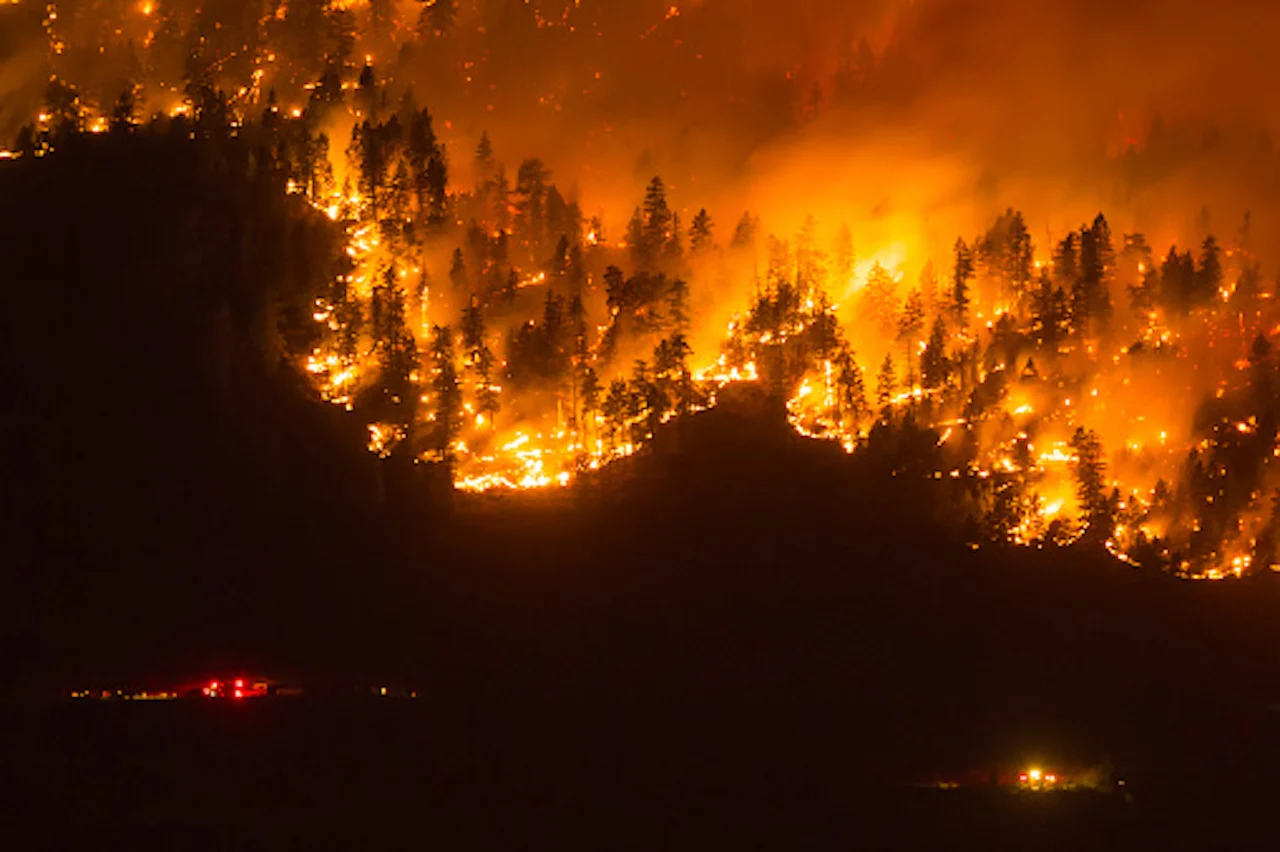
(Getty Images)
CANADA'S WILDFIRES: Visit The Weather Network's wildfire hub to keep up with the latest on the active start to wildfire season across Canada
FIREPROOF YOUR HOME
As part of keeping communities safe, Daniels encourages people and businesses to create defensible spaces around their buildings through FireSmart Canada -- an initiative that facilitates interagency co-operation in the promotion of awareness and education. It is aimed at reducing risk of loss of life and property from fire in the wildland urban interface.
“It isn’t always that the flames come right up to the edge of town and catch homes or structures on fire," said Daniels. "Often it’s burning embers being carried from the fire, carried up on the wind and blown, sometimes many kilometres, from the firefront into a community, and then landing in homes and yards.”
Because of how easy a structure can catch fire from a nearby blaze, there are multiple steps you can do to safeguard your home from disaster including ensuring your roof is clear of burnable debris, she said.
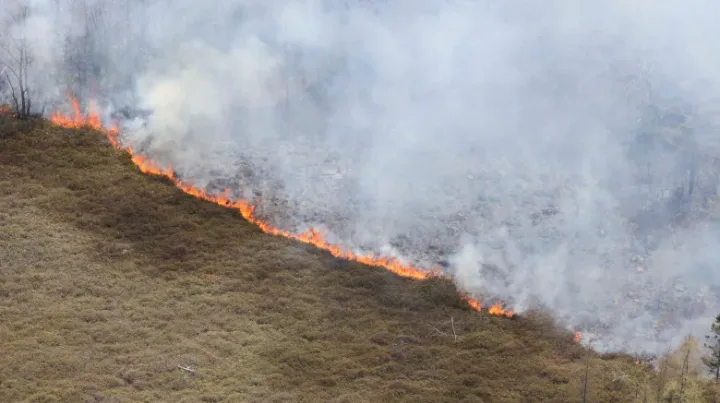
(Communications Nova Scotia)
RELATED: Wildfire terms Canadians should be familiar with this summer
"Every fall, winter and spring, leaves and needles collect on the roofs on our houses and collect in the gutters, which is really kindling to catch the roof of your house on fire. Maintaining clean gutters and roof lines is really critical," said Daniels.
As well, choosing construction materials for your roof is important, especially those that are fire resistant. "Shingles made of asphalt or of metal would be good choices. Materials like wooden shakes or shingles contribute to wildfire risk," she added.
Visit our Complete Guide to Spring/Summer 2024 for an in-depth look at the Summer Forecast, tips to plan for it and much more!
Another way we can defend our homes is simply ensuring there's "absolutely no burnable material" in a 1.5-metre area immediately surrounding the building, Daniels added.
"Use rock gardens or choosing landscaping features that prevent flammable plants from being right up against your house," said Daniels.
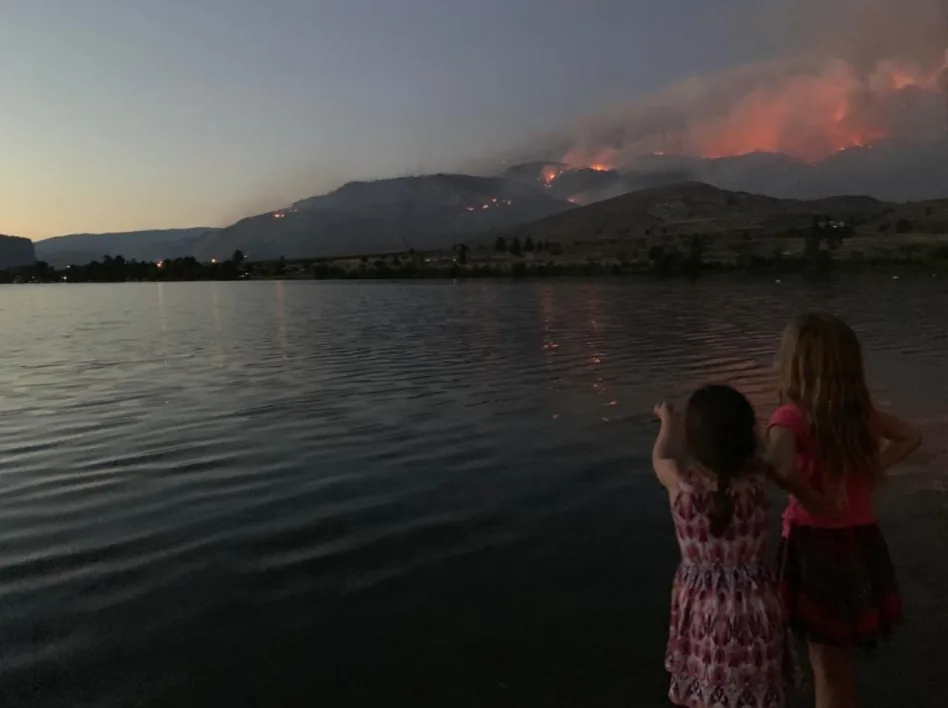
(Dr. Courtney Howard/Submitted)
“It helps to maintain that FireSmart state of your house and yard over the long term by just investing a little bit of time each spring and fall to ensure your home is prepared if wildfires were to approach your community."
READ MORE: If you’re hot, they’re hot – here are 6 things to help keep your dog cool
As part of staying safe, the fire danger rating is critically important for communities to be aware of. It encompasses numerous weather variables such as temperature, relative humidity, wind speeds and precipitation over the previous 24 hours to describe how dry the forest is and the current threat level, Daniels said.
“So when fire danger is high to extreme, then we want to be really careful not to be contributing to accidental ignitions. In many places, you may find there are restrictions like you’re not allowed to have a campfire because the risk of a wildfire starting is so high," said Daniels.
--
With respect to wildfire danger in Canada, and if some regions are more susceptible than others, Daniels said "anywhere" we have flammable vegetation surrounding communities is at risk. Because of the widespread threat, a collective approach to fire-proofing your property is "really important."
"Homeowners can engage their neighbourhoods around them to share in the same principles so that it is not just a single home but your entire neighbourhood that's undertaking those FireSmart principles," said Daniels. "What actions you take influences your neighbours and your neighbours' actions will also influence your home."
Thumbnail courtesy of James MacDonald/Bloomberg Creative/Getty Images. Creative #: 1346573307.
*Follow Nathan Howes on Twitter.







